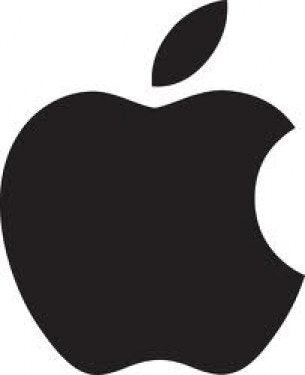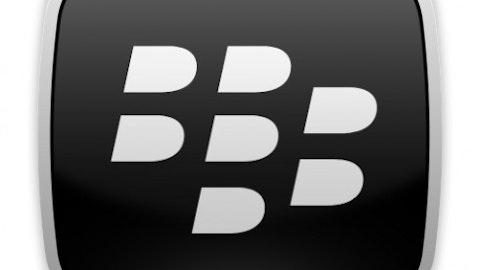Previously, the mobile phone industry was dominated by one single player and the industry was anything but competitive. Today, however, the smartphones industry is as competitive as it could be, with some of the major players trying to adapt and use the latest technology available. Apple Inc. (NASDAQ:AAPL), along with Samsung, is one of the dominant forces in the current smartphones industry and even though some believe that Apple Inc. (NASDAQ:AAPL)’s good years are behind it, the company still has a major chunk of the market.
Samsung, in recent years, has probably done the most damage to Apple, with Google Inc (NASDAQ:GOOG)’s Android OS being one of the crucial factors. Nokia Corporation (ADR) (NYSE:NOK) and Research In Motion Ltd (NASDAQ:BBRY), on the other hand, are 2 of the companies which have dominated the market previously, but are now struggling for a decent market share.
After unveiling its revolutionary iPhone in 2007, Apple Inc. (NASDAQ:AAPL) has never looked the same in terms of bringing in “the next big thing.” Also, Google Inc (NASDAQ:GOOG)’s Android OS has done quite a lot of damage to Apple’s market share, which has dropped to 18% in Q1 2013.

The chart above (Source: Gartner) shows how Apple Inc. (NASDAQ:AAPL) has lost so much of its market share in the last 2 years. The same can be said about BlackBerry, as the company is trying to survive in the current market, rather than become a leader in the industry. Microsoft Windows Phone OS, on the other hand, is showing potential and we’ll have to wait and see if the OS could go as big as the Android OS.
Valuation
Apple, with a market cap of over $408 billion, is currently trading around $435. After dropping below the $400 mark a couple of months back, Apple’s shares jumped nearly 6% after its Q2 earnings report, which looked relatively solid. The company made revenue of $43.6 billion with a profit of around $9.5 billion.
Previously, there had been a lot of controversy over Apple Inc. (NASDAQ:AAPL)’s cash returns to shareholders, especially with the company’s excess funds; however, some investors did get a reason to smile as the company increased dividends to $3.05 a share along with a repurchase scheme worth $60 billion.
Nokia Corporation (ADR) (NYSE:NOK) is currently trading around $3.7, with a market cap of around $13.8 billion. Nokia Corporation (ADR) (NYSE:NOK)’s shares did tumble after its latest earnings report didn’t leave many reasons to be optimistic about. Even though Nokia’s Lumia sales were up to 5.6 million units, the company’s overall unit sales were down by nearly 30%, which further contributed to the operating loss of $196 million.
Research In Motion Ltd (NASDAQ:BBRY), on the other hand, is currently trading around $14.2 with a market cap of $7.3 billion. Even though the BlackBerry 10 sales haven’t been bad, nothing much can be said about the company at the moment. The Z10 has been performing well and looks set to beat sales estimates; however, Research In Motion Ltd (NASDAQ:BBRY) still finds itself struggling in the smartphones industry, mainly because it was too late in adapting the latest trends in the smartphones market. Also, the availability of BBM on Android and iOS should give another reason for loyal BlackBerry customers to ditch the company.
Apple Inc. (NASDAQ:AAPL) is still one of the hottest stocks, not just in the tech sector, but in the stock market and we’ll look at the company’s SWOT analysis in order to get a better picture of where the company stands at the moment.
Strengths
Currently, Apple’s biggest strength has to be its massive and loyal customer base, which seems to be declining. The strength could easily turn into a weakness for the company if it fails to give consumers something more in the future. Aside from this, the company’s size, scale, marketing budgets and retail stores are other strengths. Apple was and will remain a brand and even though if the company makes a couple of poor decisions in the future, their brand name will still attract some consumers.





